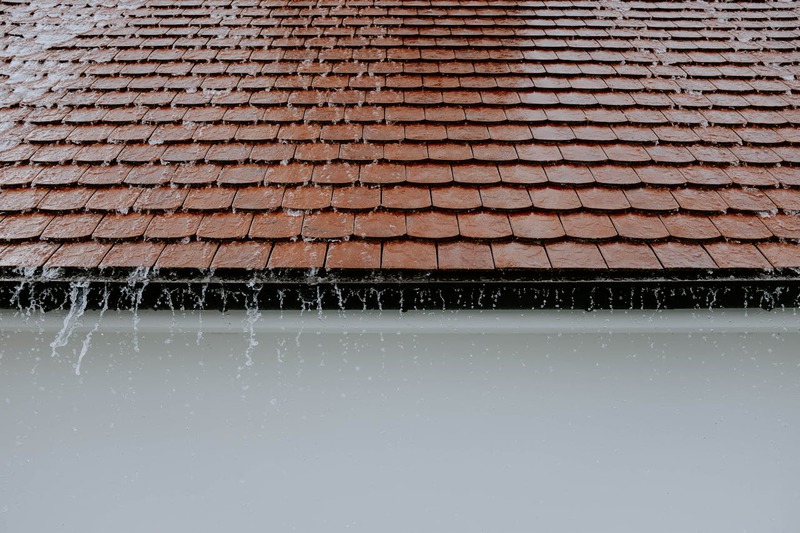Commercial inspections are often an overlooked part of property management and investment. However, savvy property owners and managers understand that these inspections can be a game-changer, saving significant money over time. Imagine having a crystal ball into your property’s future – that’s essentially what a thorough inspection can offer.
1. Prevent Costly Repairs
One of the most significant benefits of commercial inspections is their ability to help prevent major, costly repairs. By catching potential issues early, inspections can save property owners from shelling out large sums on emergency fixes. A small leak today could turn into a damaged ceiling tomorrow, but with proactive inspections, these hidden problems come to light before they escalate.
2. Identify Energy Inefficiencies
Have you ever noticed how some buildings seem to have higher energy bills than others? This often comes down to energy inefficiencies. With commercial inspections, experts can identify areas where energy might be wasted, such as poor insulation or outdated HVAC systems. Tackling these issues not only reduces carbon footprints but also lowers monthly utility bills, benefitting the bottom line.
3. Enhance Safety Standards
Safety is non-negotiable when it comes to managing a commercial property. Regular inspections ensure that safety protocols are up to date, identifying potential risks before they become actual problems. This includes everything from checking fire safety systems to assessing a building’s structural integrity. Ultimately, maintaining a safe environment can save money by avoiding costly lawsuits and compliance penalties.
4. Boost Property Value
Regular commercial inspections also contribute to the property’s value. A well-maintained building with no hidden issues is far more appealing to potential buyers or tenants. If you’re thinking about selling or leasing your property, you’ll likely fetch a higher price if it’s been consistently checked and maintained. In this way, inspections can be viewed as an investment in the future resale value of your property.
5. Extend the Life of Your Building
Another crucial aspect of commercial inspections is their role in prolonging a building’s lifespan. By identifying and addressing issues early, you can avoid wear and tear that would otherwise deteriorate the structure over time. This ensures that your building remains functional and aesthetically pleasing for longer, delaying renovations and replacements.
In specific areas, professional services such as commercial inspections in New Port Richey are becoming increasingly popular. Not only do they meet the town’s unique environmental and regulatory needs, but they also provide building owners with peace of mind, knowing their properties are up to code and optimized for longevity.
6. Avoid Legal Hassles
Failing to meet local, state, or federal compliance standards can lead to legal issues that result in fines or lawsuits, significantly impacting your finances. By keeping on top of necessary inspections, you ensure that your property follows all the required regulations. These can be anything from building codes to environmental laws, all of which are integral to running a compliant business.
7. Financial Benefits You Might Not Expect
Some indirect savings come with having a property that meets high standards. For instance, well-inspected buildings often benefit from lower insurance premiums. Insurance companies recognize the reduced risk associated with properties that undergo regular inspections and are often willing to adjust rates accordingly. Over time, these savings add up.
8. Tailored Inspections Make All the Difference
Not all inspections are created equal. Depending on your property’s location, different types of inspections will be more relevant. For example, commercial inspections in Spring Hill might focus on elements unique to the region, such as local weather patterns or specific environmental challenges. Tailoring inspections to fit your specific needs makes them even more valuable, offering insights that might not be captured through generalized inspections.
9. Utilize Preventative Maintenance
When issues are pointed out, you have the opportunity to employ preventative maintenance. This approach means you won’t just be fixing things as they break but addressing underlying problems that could lead to breakdowns. By incorporating preventative measures, you keep your property running smoothly and avoid unexpected repair costs.
The Role of Specialized Inspections
While regular commercial inspections are critical, specialized inspections offer targeted benefits. Mold, for instance, can be a silent hazard lurking in walls or ceilings. Implementing mold inspections in New Port Richey can be particularly beneficial. Such focused inspections are designed to tackle specific concerns, ensuring that all areas of your property stay safe and operational.
How Inspections Drive Tenant Satisfaction
Happy tenants mean long-term leases and steady income. When tenants know that property managers are proactive about inspections, they feel valued. This can increase tenant retention, reducing the costs and efforts of finding new tenants. Word gets around; properties known for being well-maintained and safe attract quality tenants more easily.
Educate Yourself and Your Team
One surprising way inspections save money is by educating property owners and their teams. Armed with insights from inspection reports, you can make informed decisions about where to allocate resources for repairs, upgrades, and general maintenance. This knowledge turns into long-term strategic planning that enhances the property’s value.
Final Thoughts
To sum it up, commercial inspections are not just an added expense but a strategic investment in your property’s longevity and value. From avoiding costly repairs and legal troubles to enhancing tenant satisfaction and reducing energy costs, inspections offer a multitude of benefits. When carefully planned and executed, they guarantee peace of mind, knowing that your investment is protected and that you’re saving money in the long run.
Remember, when thinking about inspections, consider the specific needs of your area and how localized services can offer tailored benefits. In this way, you turn inspections from a one-time event into an integral part of efficient property management. So, the next time you weigh the cost against the benefits, think of all the savings and value commercial inspections bring to the table in the long run.




